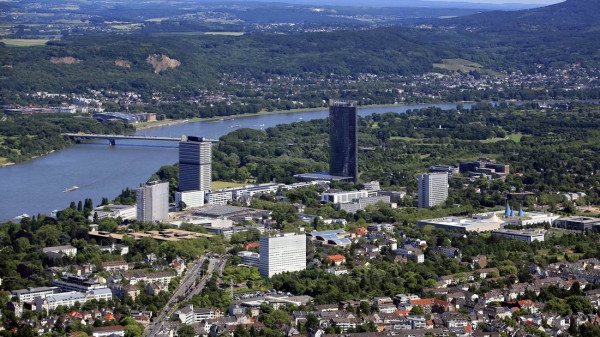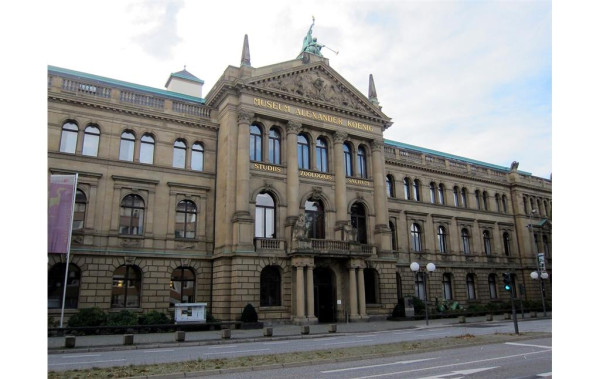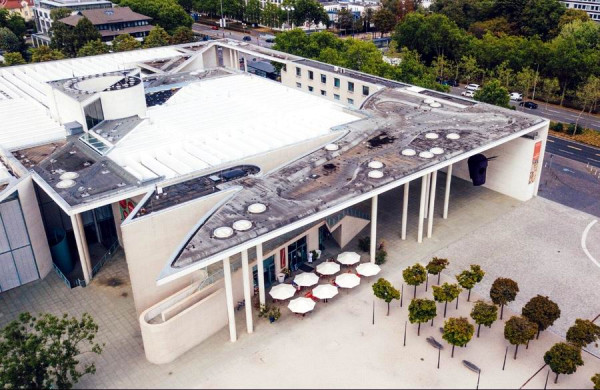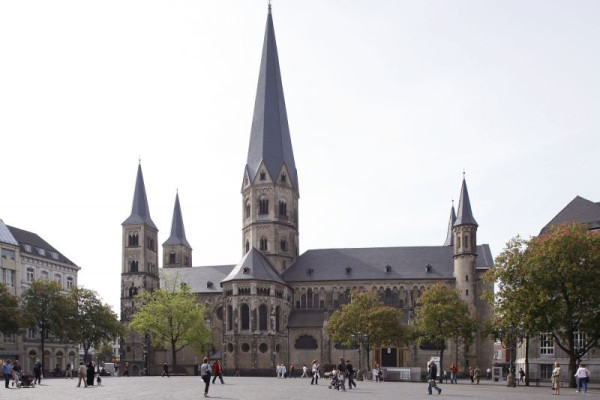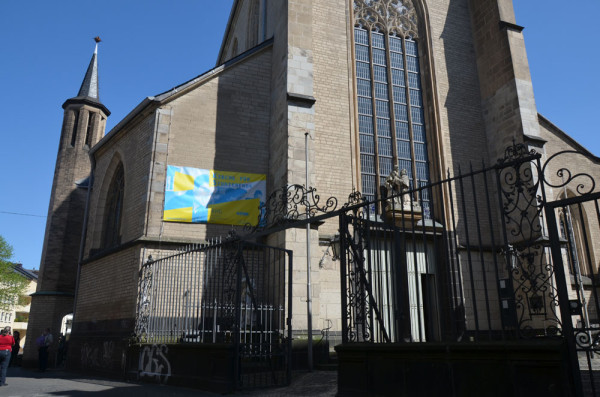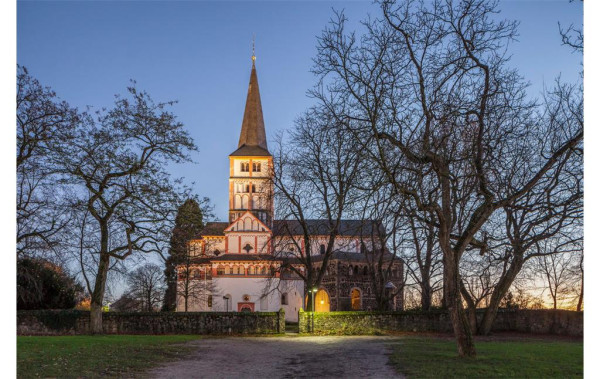One well-documented event was the martyrdom of two Thebaean legionaries. The Thebaean Legion was an all Christian legion, which refused to worship the emperor as a god. As punishment, the Thebaean Legion’s commander, Mauritius was executed in St. Moritz as were many other Thebaean legionaries including Cassius and Florentius, Bonn’s patron saints, who were martyred at the location of the present-day Münster basilica.
After the Romans left, the town had a very tumultuous history. Bonn has been destroyed and pummeled on so many occasions that it nearly became a pastime. Norman invaders were the first to burn the town to the ground in 881 and again in 892.
In 1198, King Philip of Swabia and Duke Heinrich von Brabant laid siege to Bonn. In 1244 Konrad von Hochstaden, archbishop of Cologne ordered Bonn to be fortified. The reasons for fortification may have been for the Archbishop’s protection as he had apparently begun fighting with Cologne’s leaders and often resided in Bonn after the dispute. In 1288 under Sigfried II von Westerburg the archbishopric was transferred from Cologne to Bonn, which has since been transferred back to Cologne.
In 1582 Archbishop Gebhard Truchsess von Waldburg converted to Calvinism and refused to give up his position as elector. In February of 1583 Waldburg married and was in April of the same year excommunicated by Pope Gregory XIII.
After the Truschessian War Gebhard fled to Strassbourg, but not before Bonn felt the rapture of Bavarian troops, who blew up the Godesberg (the archbishop’s residence) with 1,500 pounds of gun powder. While the town survived the Thirty Years war Bonn was completely destroyed in 1689 as a result of the War of the Grand Alliance.
From 1949 to 1990, Bonn was the capital of West Germany, and Germany’s present constitution, the Basic Law, was declared in the city in 1949. The era when Bonn served as the capital of West Germany is referred to by historians as the Bonn Republic.


